Conference Speakers
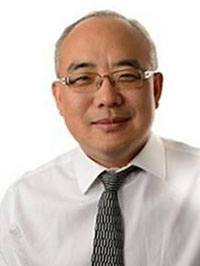
Prof. Zhaoyang Dong (Keynote Speaker)
IEEE Fellow
City University of Hong Kong, HKSAR
Title of speech: Real-time measurement for carbon emissions
Abstract: Reliable and fast calculation of carbon emissions is an important task in achieving emission reduction against climate change. This talk presents an innovative real-time computational framework designed specifically for swiftly assessing carbon emissions originating from industrial load centres. Leveraging non-intrusive load monitoring (NILM) together with real-time smart meter data, this framework offers a robust solution for efficiently quantifying emissions within industrial settings. Through NILEM we can gain invaluable insights into the intricate energy consumption patterns of industrial loads, enabling precise emission calculations with minimal intrusion. The real-time feature further enhances this framework providing decision-makers with tools for strategizing emission reduction measures within industrial operations. Case studies will be given to demonstrate the effectiveness of the framework compared with other common approaches.
Biography: Z.Y. Dong is a Chair Professor and the Head of Department of Electrical Engineering, City University of Hong Kong. His immediate role is SPG Endowed Professor of Power Engineering, and Co-Director of SPG-NTU Joint Lab at Nanyang Technological University, Singapore. His previous roles include SHARP Professor and the inaugural Director of UNSW Digital Grid Futures Institute; Director of ARC Research Hub for Integrated Energy Storage Solutions; Ausgrid Chair Professor and Director of Ausgrid Centre for Intelligent Electricity Networks providing R&D support for the AU$500m Smart Grid, Smart City national demonstration project of Australia. His research interest includes power system planning, load modelling, smart grid, smart cities, energy market, renewable energy and its grid connection, and computational methods and their application in power system analysis. He has been serving as editor/associate editor of several IEEE transactions and IET journals. He is a Fellow of IEEE.
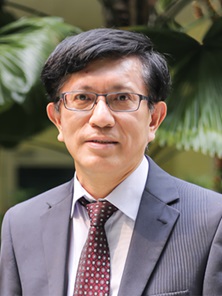
Prof. Siew Hwa CHAN (Keynote Speaker)
Fellow, Academy of Engineering Singapore
Fellow, ASEAN Academy of Engineering and Technology
Nanyang Technological University, Singapore
Title of speech: Turquoise Hydrogen: A possible solution for renewable energy scarce countries in energy transition period
Abstract: The pursuit of energy availability, affordability, and sustainability has always been paramount in any nation's energy transition plan, echoing the principles outlined in the World Energy Council's Energy Trilemma. This trilemma emphasizes the importance of energy security, equity, and environmental sustainability. The concept of a Hydrogen Economy has emerged as a potent vision, aiming not only to decarbonize the global economy but also to address energy security concerns by leveraging hydrogen, which can be extracted from various sources, including water. Importantly, when hydrogen is used for energy production, it generates water as its sole by-product. However, despite its promise, the Hydrogen Economy remains complex and challenging to implement at scale, primarily due to its reliance on two distinct supply chains: one for hydrogen production and another for energy conversion systems. The widespread adoption of this model hinges on achieving affordable costs for both hydrogen and energy conversion technologies. In countries with limited access to renewable energy resources like Singapore, hydrogen production using renewables is constrained, and importing hydrogen from abroad often proves cost prohibitive. As a result, conventional methods such as steam methane reforming (SMR) remain prevalent, despite their significant carbon emissions. To mitigate the environmental impact of hydrogen production, alternatives like Carbon Capture and Sequestration (CCS) are considered. However, implementing CCS in geographically constrained regions like Singapore presents challenges. Instead, methods such as methane cracking offer a promising solution. By splitting methane (or natural gas) into hydrogen and solid carbon, these processes produce little to no CO2 emissions. The presentation will commence with an overview of Singapore’s long-term energy plan and research focus, followed by an exploration of several major initiatives regarding hydrogen applications. Finally, it will delve into the catalytic decomposition of methane for hydrogen production, serving as an interim solution during the energy transition period.
Biography: Dr. CHAN Siew Hwa is a distinguished figure in the field of engineering, holding esteemed positions including Fellow of the Academy of Engineering, Singapore (SAEng), and Fellow of the ASEAN Academy of Engineering and Technology (AAET). At Nanyang Technological University (NTU), he serves as the NTU President’s Chair in Energy and holds the prestigious Cheng Tsang Man Chair Professorship in Energy. Dr. Chan embarked on his academic journey at NTU in 1991 following the completion of his PhD, during which he also conducted post-doctoral research at Imperial College London. Leading the hydrogen and fuel cell research at the Energy Research Institute @ NTU, Dr. Chan is at the forefront of pioneering advancements in sustainable energy technologies. Additionally, his leadership extends to his role as Senior Vice President of the China-Singapore International Joint Research Institute in China-Singapore Guangzhou Knowledge City, where he focuses on incubating and commercializing cutting-edge technologies. Dr. Chan's commitment to academia, research, and industry is evident through his extensive involvement in various organizations and committees. Notably, he serves as the focal point for the Sub-committee on Sustainable Energy Research (SCSER) under the ASEAN Committee on Science, Technology, and Innovation (COSTI), as well as on the Ministry of Trade and Industry (MTI) Singapore’s Future Energy Technology (Hydrogen) Watch Group. He also contributes his expertise as the Energy Market Authority’s Independent Representative for the (Gas) Code Modification Panel and as a member of the Ammonia Handling Technical Advisory Group of A*Star. Moreover, he plays a pivotal role in shaping the future of energy research as the Coordinator for the National Research Foundation’s Foundational Research Capability development on Next Generation Energy Systems. In addition to his academic and research endeavors, Dr. Chan actively engages in technology commercialization, boasting a remarkable track record of 12 technology licensing agreements. Noteworthy among his ventures is the founding of Xin Xiang (Guangzhou) Hydrogen Technologies Co., Ltd., a tech-company specializing in manufacturing key components of Proton Exchange Membrane Fuel Cells (PEMFC). Dr. Chan's contributions to the scientific community are reflected in his prolific publication record, comprising over 300 refereed journal papers with total citations exceeding 18,000 and an impressive h-index of 70. His outstanding achievements have earned him numerous accolades, including NTU’s Teacher-of-the-year Award, Nanyang Awards for Research Excellence and Innovation Entrepreneurship, the George-Stephenson Medal from the Institution of Mechanical Engineers (IMechE) in the UK, and the Outstanding Scientific Achievement Award from the International Association of Hydrogen Energy (IAHE) in the USA. Additionally, he has been recognized as a Star of Innovation Talent by the Guangzhou government and honored as one of the World’s Most Influential Scientific Minds by Thomson-Reuters.
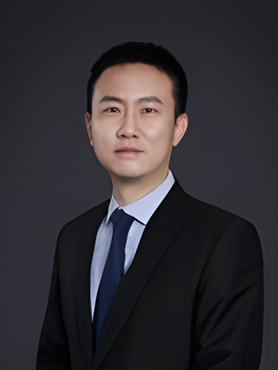
Prof. Heng Nian (Keynote Speaker)
IEEE Fellow
Zhejiang University, China
Title of speech: Frequency Coupling Characteristic Analysis and Stability Improvement of Renewable Power Generation Systems
Abstract: It has been reported that when connected with low short circuit ratio (SCR) grid or diverse grid transmission infrastructure, the renewable power generation systems have some broadband resonance risk such as sub-synchronous resonance (SSR), sub/super-synchronous oscillation (SSO) and high-frequency resonance (HFR). The impedance-based method has been proven to be a useful method to analyze these instability issues. However, the frequency coupling characteristic between positive- and the negative-sequence complicates the stability analysis and improvement for large-scale renewable power system. This report establishes the frequency coupling characteristic model for renewable power system, and locates the dominant factor within each frequency band, then the s-domain nodal admittance matrix and the broadband passivity enhancement considering frequency coupling characteristic are proposed.
Biography: Dr. Heng Nian is presently working as a Professor in the College of Electrical Engineering, Zhejiang University. He received the degrees of Ph.D. in electrical engineering from Zhejiang University, Hangzhou, China, in 2005. He has gained the distinguished youth fund of the National Natural Science Foundation. His current research interests include the grid connection operation technique of renewable power generation system, modeling and stability analysis of wind power, solar power and storage system, etc. He has published four books on the control technology of renewable power generation system, and published about 200 papers in the international journals and conferences.
ACFPE Past Speakers
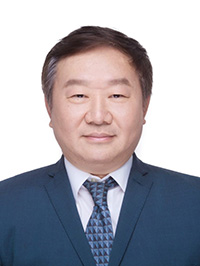
Prof. Junyong Liu
Sichuan University, China
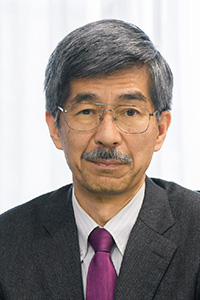
Prof. Atsuo Kawamura
Yokohama National University, Japan
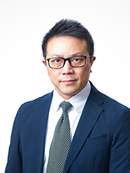
Prof. Michael K.H. Leung
City University of Hong Kong , Hong Kong, China
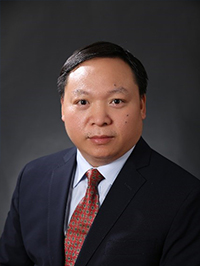
Assoc. Prof. Zongxiang Lu
Executive Vice Director of Sichuan energy Internet research institute
Tsinghua University, China
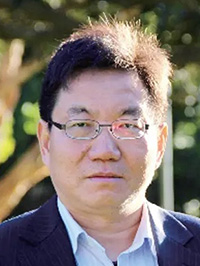
Prof. Fushuan Wen
Zhejiang University, China
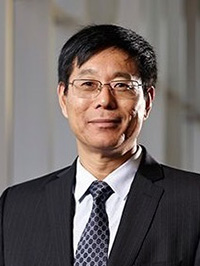
Prof. Qing-Long Han
Swinburne University of Technology, Australia
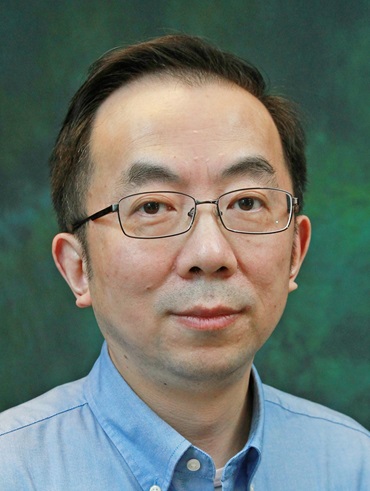
Prof. Haitao Huang
Hong Kong Polytechnic University, Hong Kong, China
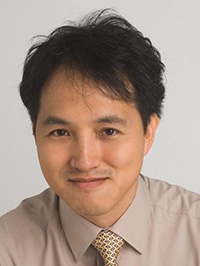
Prof. Eric Cheng
The Hong Kong Polytechnic University, HKSAR, China
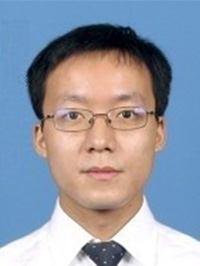
Prof. Yang Han
University of Electronic Science and Technology of China, China
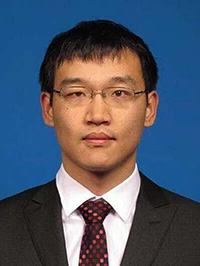
Prof. Zhifang Yang
Chongqing University, China
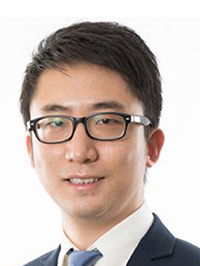
Dr. Yan Xu
Nanyang Technological University, Singapore
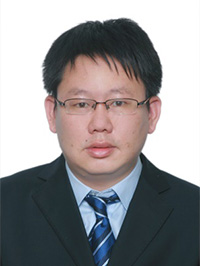
Dr. Bo Zhao
Electric Power Research Institute of State Grid Zhejiang Electric Power Company, China
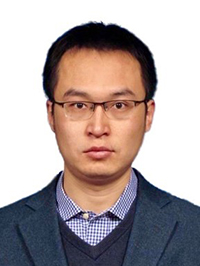
Dr.Hongcai Zhang
University of Macau, Macau, China